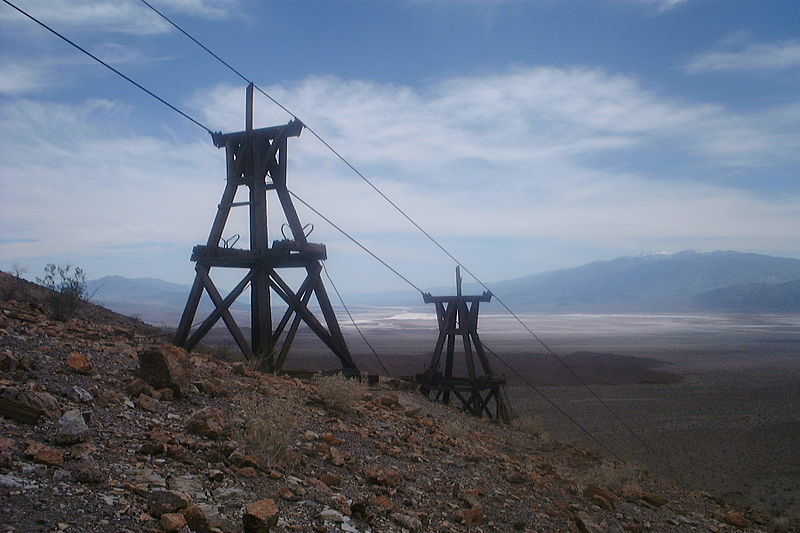In the deserts of California, deep within the notorious Death Valley, two men got their big break. One was a miner named Jack Keane and the other was a one-eyed butcher named Domingo Etcharren.
After an unrewarding search for silver on one particular ledge, the men decided to move forward. Little did they know that luck was waiting for them just a tad further.
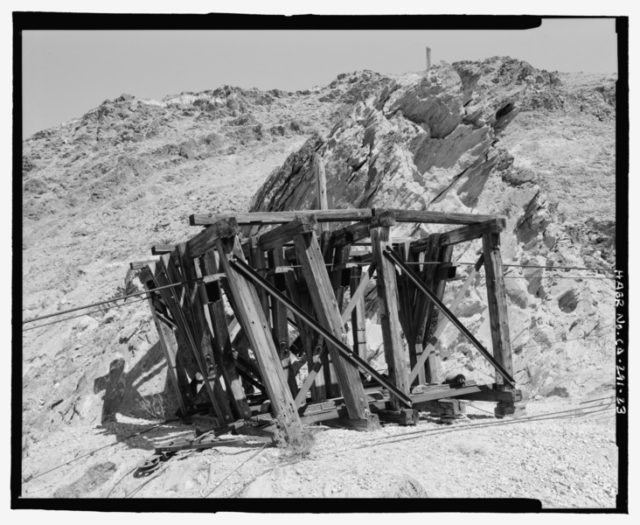
The story has it that, in 1904, Keane managed to discover gold just outside his working camp completely by accident even though he was searching for silver. Despite his initial intentions, he not only discovered gold but large quantities of it.
He was bewildered and couldn’t believe his luck as he had been searching in vain for silver for the past eight years. Without much hesitation, he named the camp “Keane Wonder Mine.”
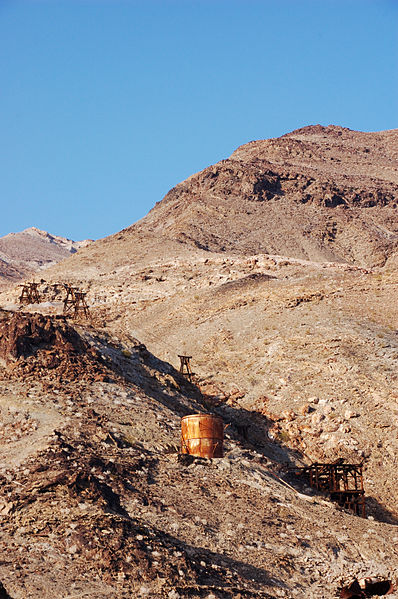
The camp that Keane and Etcharren established was high up on the Funeral Mountains. Getting there required both time and stamina. People had been coming to these parts from as early as 1860, though in small numbers. However, once gold had been discovered, a rush soon followed. Keane wasn’t the only prospector in the area; many others came too in search of their big break and established their own mines.
One year later in 1905, after gathering the necessary funds from an investor, Jack started mining. However, the remoteness of the mine proved to be difficult. The closest town was the town of Ballarat and that was 70 miles further away across the Death Valley – not your average walk and not a pleasant area to simply stroll through.
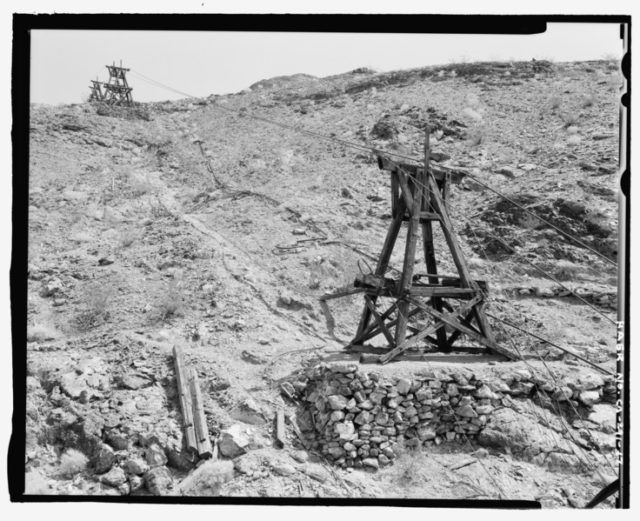
That same year, the investor decided to withdraw; but the surface ore was of a high grade, and this saved Keane and Etcharren from oblivion.
For one full year, the Wonder mine kept pushing. In the summer of 1906, a new investor came and the duo sold the mine to him. His name was Homer Wilson, and he was a miner from the Mother Lode Mines.
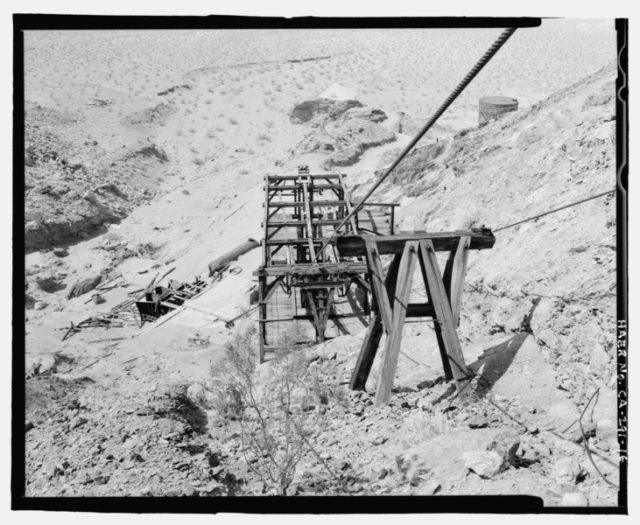
Wilson took things seriously even though the Wall Street stock market crashed in 1907 causing panic for three weeks. It fell 50% and the occurrence was dubbed the “Knickerbocker Crisis.” He and his whole family moved closer to the mine. The riches from the mine attracted other people to the area, and soon two towns were born: Chloride City and Keane Springs.
The first investments were the construction of an aerial tram and a stamp mill. By the end of 1907, both the tram and the mill were finished. From that point on, profits from the Wonder Mine skyrocketed, although things started to go downhill for Keane.
Not long after, he was taken to a jailhouse in Ireland after he was found guilty of a murder. Etcharren, on the other hand, led a happy life and opened up a store.
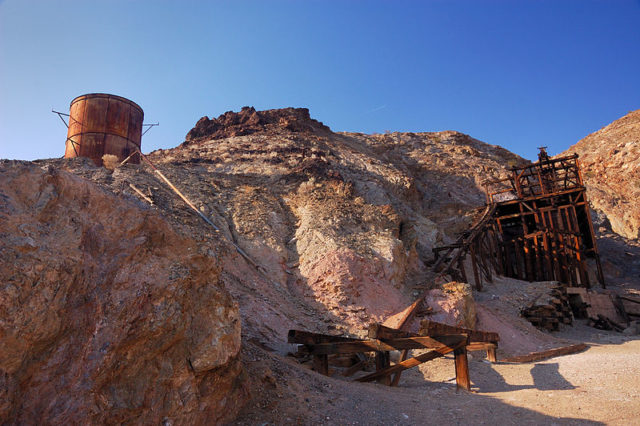
Two camps were erected around the mine – the mill camp and the mine camp. The mill camp was where the miners lived and provided a little protection against the extreme heat of the day. It also had a store and a post office. The mine camp had a boarding house and stood a mile away from the mine.
The Keane Wonder Mine was closed forever in 1916. Up until that point, it had generated $1,100,000-worth of gold. It was re-opened in 1935, before being sold two years later and again another year later.
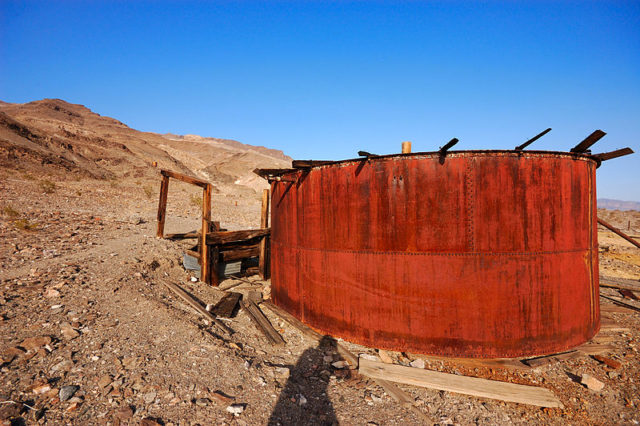
Some refurbishment works took place in 1940, although the site was closed again in 1942. It remained idle for 28 years. During the 1970s, it was purchased by the National Park Service.
Today, many people still come to visit this time capsule of a mine even though it is quite a challenge to reach it.
